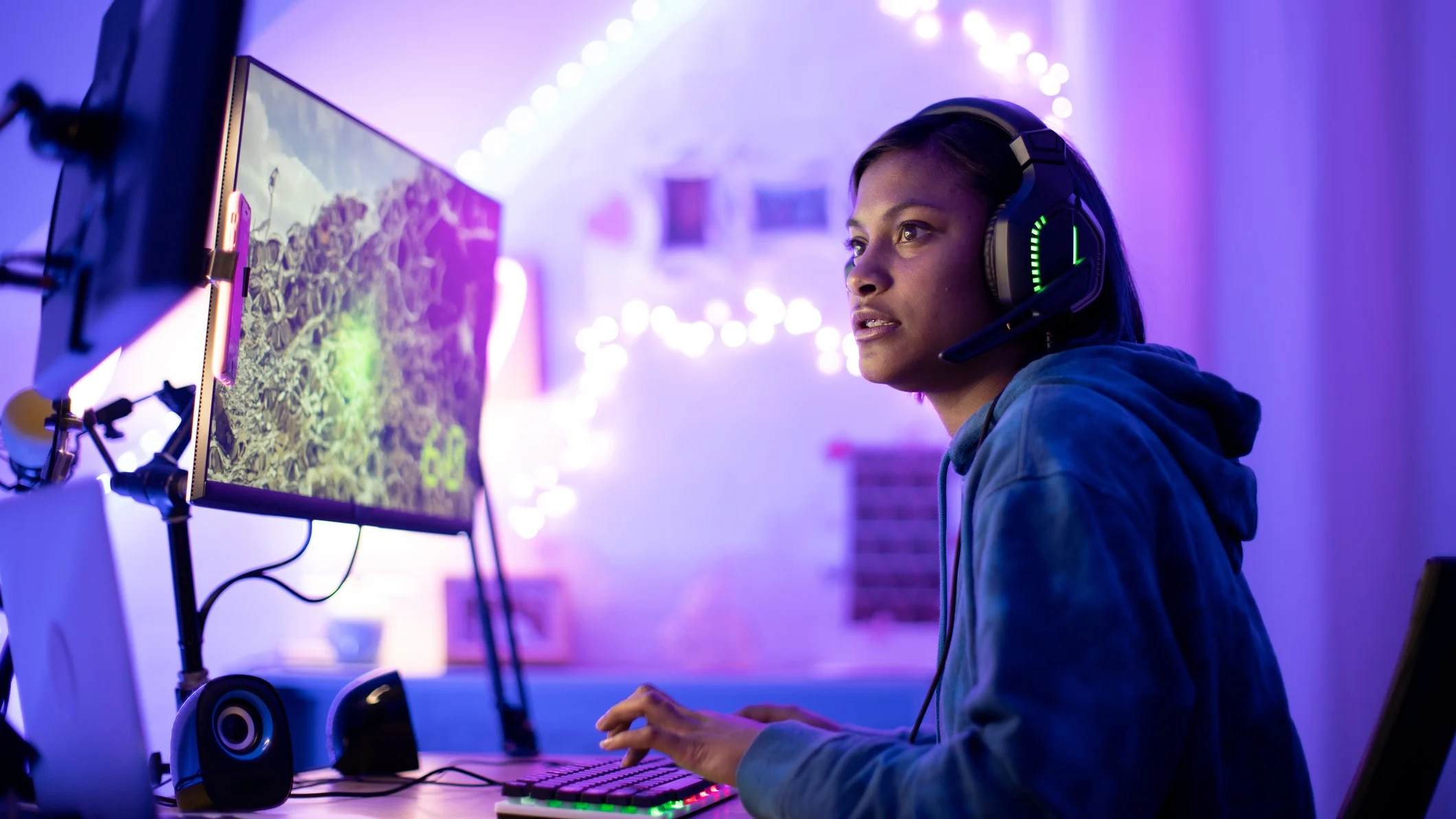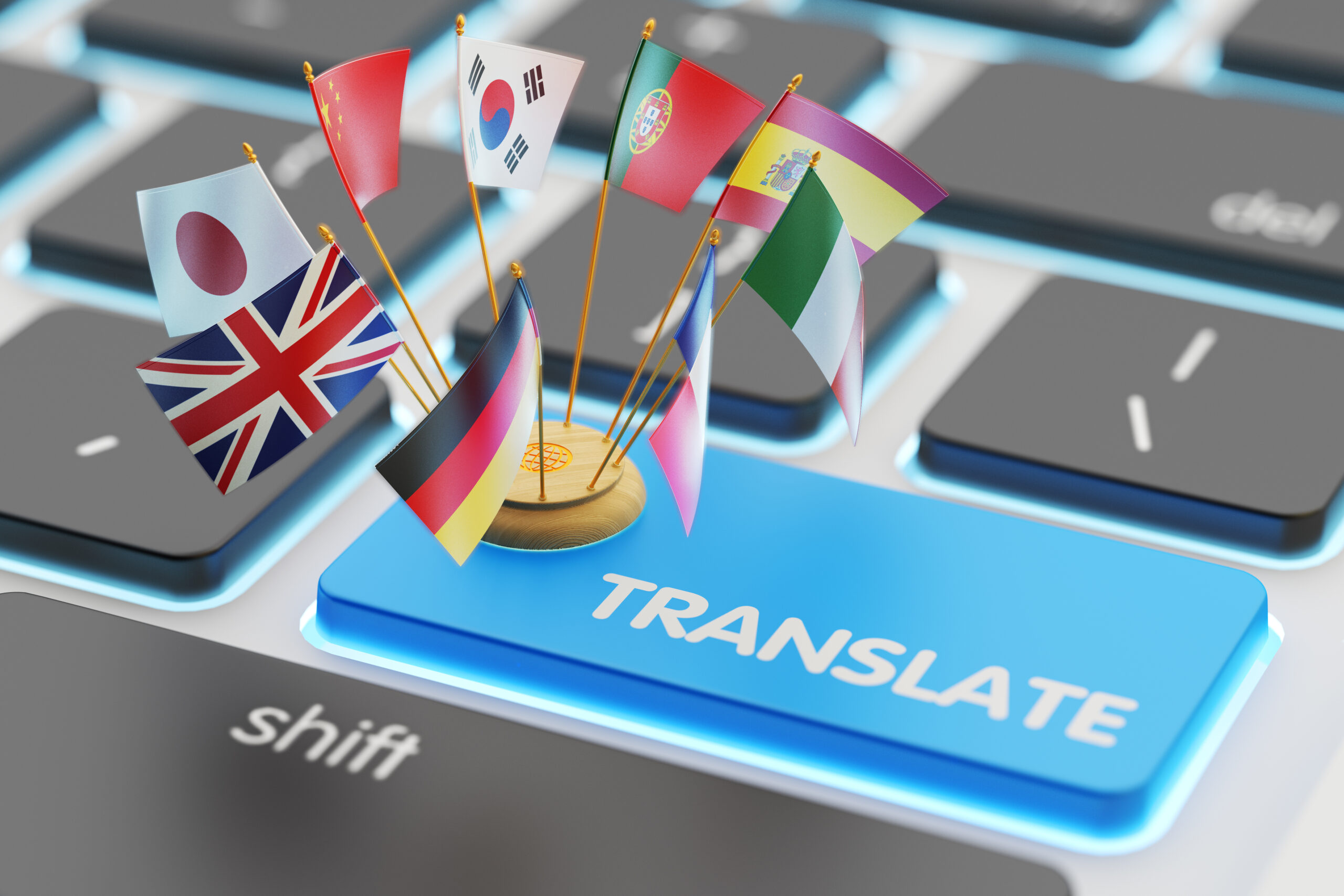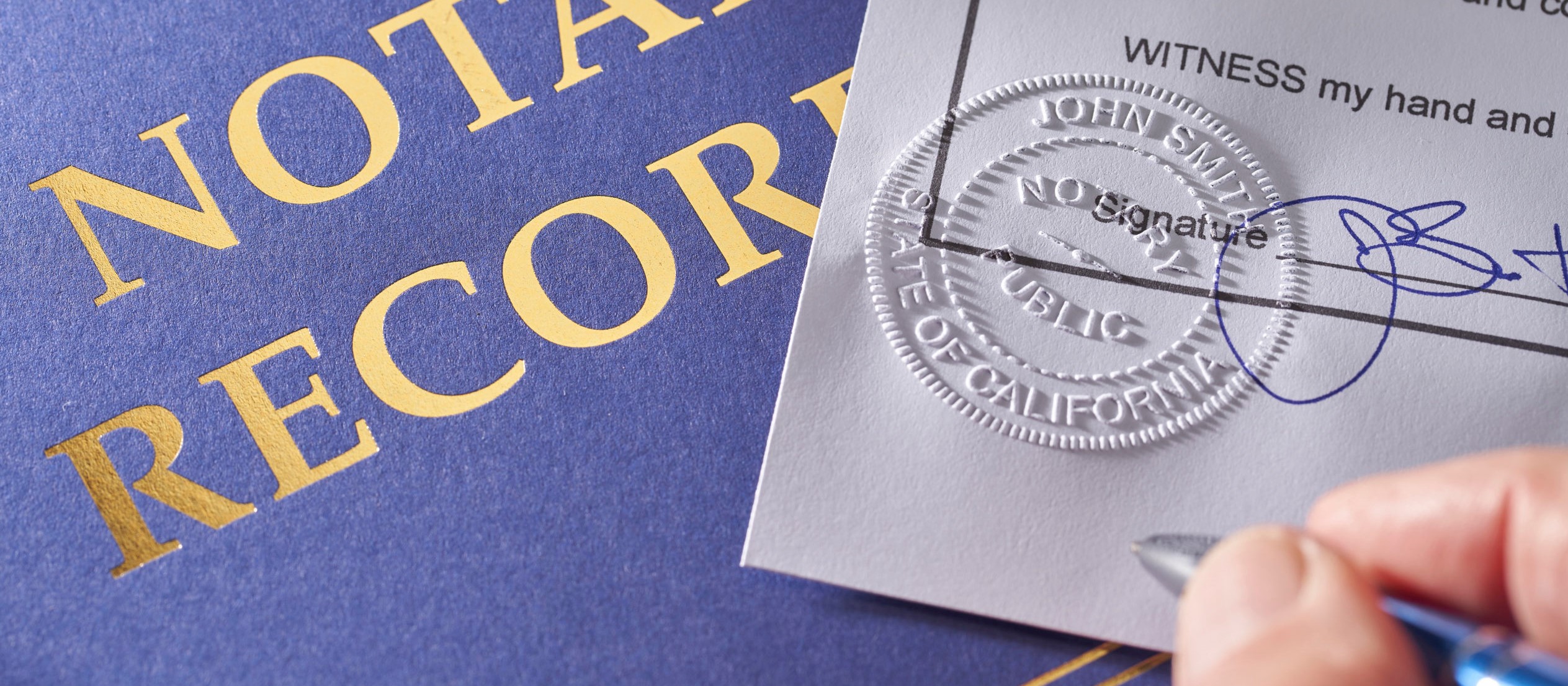Podcasts have evolved from casual side projects into a dominant force in global media, with episodes zipping across continents faster than ever before. Yet, if your content remains trapped in a single language, you're sidelining vast swaths of eager listeners worldwide. For ambitious creators eyeing international growth, localization emerges as the ultimate edge. Consider this: the global podcast audience has already surpassed 584.1 million listeners in 2025, reflecting a 6.83% rise from 2024, per Statista's recent data. Meanwhile, the industry is surging ahead, valued at $39.63 billion this year and on track for explosive growth, according to market analyses. Without strategic adaptations, however, that boundless potential remains out of reach.
Localization means more than slapping on a quick translation—it's about making your show feel native to new audiences. Done right, it amps up your SEO with region-specific keywords, fosters real cultural bonds that keep listeners coming back, and opens doors to fresh revenue like targeted ads or partnerships. Research from Common Sense Advisory backs this up: 65% of people stick to content in their own language, and 40% flat-out ignore anything else. So, for podcasters, key strategies include re-recording from scratch, dubbing over the original, or adding translated scripts. Each has its upsides and headaches, particularly when dealing with interviews, group chats, or those tricky cultural jokes. Let's break them down without the fluff.
Starting Simple: Translated Transcripts and Subtitles
The easiest entry point? Just transcribe your audio and translate it into the target language, then offer it as text files, overlays, or even embedded captions. Big platforms like Spotify and Apple Podcasts make this a breeze now, letting folks read while they listen to your original delivery.
Why go this route? It's budget-friendly—no need for fancy studios or actors. You keep the host's raw energy, those little vocal quirks that make your show yours. It also ramps up accessibility for everyone, from language learners to folks with hearing challenges. SEO-wise, those transcripts get indexed in multiple languages, pulling in searches from all over.
That said, it's not perfect. Staring at subtitles can pull you out of the zone, especially in zippy conversations where the text zips by. In places where people aren't big readers or are listening on the go—like during a jog or drive—this falls short. And don't get me started on how text strips away tone; a sarcastic quip might read flat as a pancake.
Dubbing It Up: Voice-Over Magic for a Polished Feel
If you want something more immersive, dubbing is your next step—layering translated voices right over the original track, timed to match every breath and beat. It's like giving your podcast a voice transplant that still fits. Specialists in this field, like Artlangs Translation, who've been honing their skills in over 230 languages for years through dedicated translation services, video localization, short drama subtitling, game adaptations, and multi-language dubbing for audiobooks, bring a wealth of experience. Their track record includes standout projects that turn complex audio into something that clicks seamlessly across cultures.
The wins are big: full audio immersion means no split focus, perfect for narrative-driven pods like mysteries or deep dives. In dubbing-friendly spots like Germany or Japan, this boosts stickiness—studies from the Localization Industry Standards Association show dubbed media often holds attention longer. It's a solid way to make tough topics land without losing steam.
But yeah, it costs more, what with scripting tweaks, casting voices, and that finicky syncing. A bad match in enthusiasm can make things feel off-kilter, almost cartoonish. Cultural stuff needs careful handling too—swapping out idioms that don't translate, which might tweak your original vibe. Luckily, pros like Artlangs, with their deep dive into similar challenges via audiobook and short-form content successes, know how to nail it without compromising.
Going All In: Full Re-Recording for That Local Touch
For the deepest customization, some creators rebuild episodes entirely in the new language, often with local talent who add regional twists to the script. This isn't translation; it's reinvention, tweaking stories or examples to hit home culturally.
The rewards? Your podcast feels bespoke, like it was born in that market—imagine a Spanish redo of a popular English show dominating Latin America. It spikes downloads in fresh territories and attracts local sponsors. SEO perks include standalone episodes ranking on their own merits in native searches.
Drawbacks hit hard, though: it's pricey and slow, demanding a full production redo. Keeping the essence consistent across versions can be tough if adaptations wander. For smaller operations, this might be a stretch, but teaming up with experts helps—Artlangs Translation, for example, leverages decades of focused work in translations and localizations, with impressive cases in games, videos, and audiobooks that show how to pull this off efficiently while staying true to the source.
Navigating the Sticky Bits: Interviews, Banter, and Humor Across Borders
Whatever path you pick, some podcast staples are localization landmines. Interviews need spot-on accuracy to honor the guest's voice—sloppy work could twist meanings, so pros swear by double-checks like reverse translations and expert reviews.
Group discussions? Chaos multiplied, with cross-talk and overlaps that demand precise recreation. In dubs or re-records, actors have to channel that energy without it sounding staged; transcripts can tag speakers, but audio might use voice tweaks for clarity.
Cultural humor's the real beast—puns or references that kill in one place but flop elsewhere. You adapt by subbing in equivalents, like trading a baseball joke for a cricket one in India. Language-specific wordplay calls for inventive fixes, often with input from locals. Artlangs Translation shines here, pulling from their extensive history with short dramas and audiobooks to dodge these traps, crafting versions that keep the laughs rolling globally.
Mixing methods often wins: transcripts for speed, dubbing for engagement, re-records for premium stuff. AI tools can accelerate basics, but humans fine-tune the soul.
Final Thoughts: Don't Stay Local—Adapt and Conquer
Podcasting's future is borderless, and localization is your ticket to the big leagues. Backed by solid stats on growth and preferences, it's clear: adapt or get left behind. With reliable partners like Artlangs Translation offering top-tier support in 230+ languages and a proven knack for media localizations, going global is more doable than ever. Time to let your stories roam free and connect with the world.











